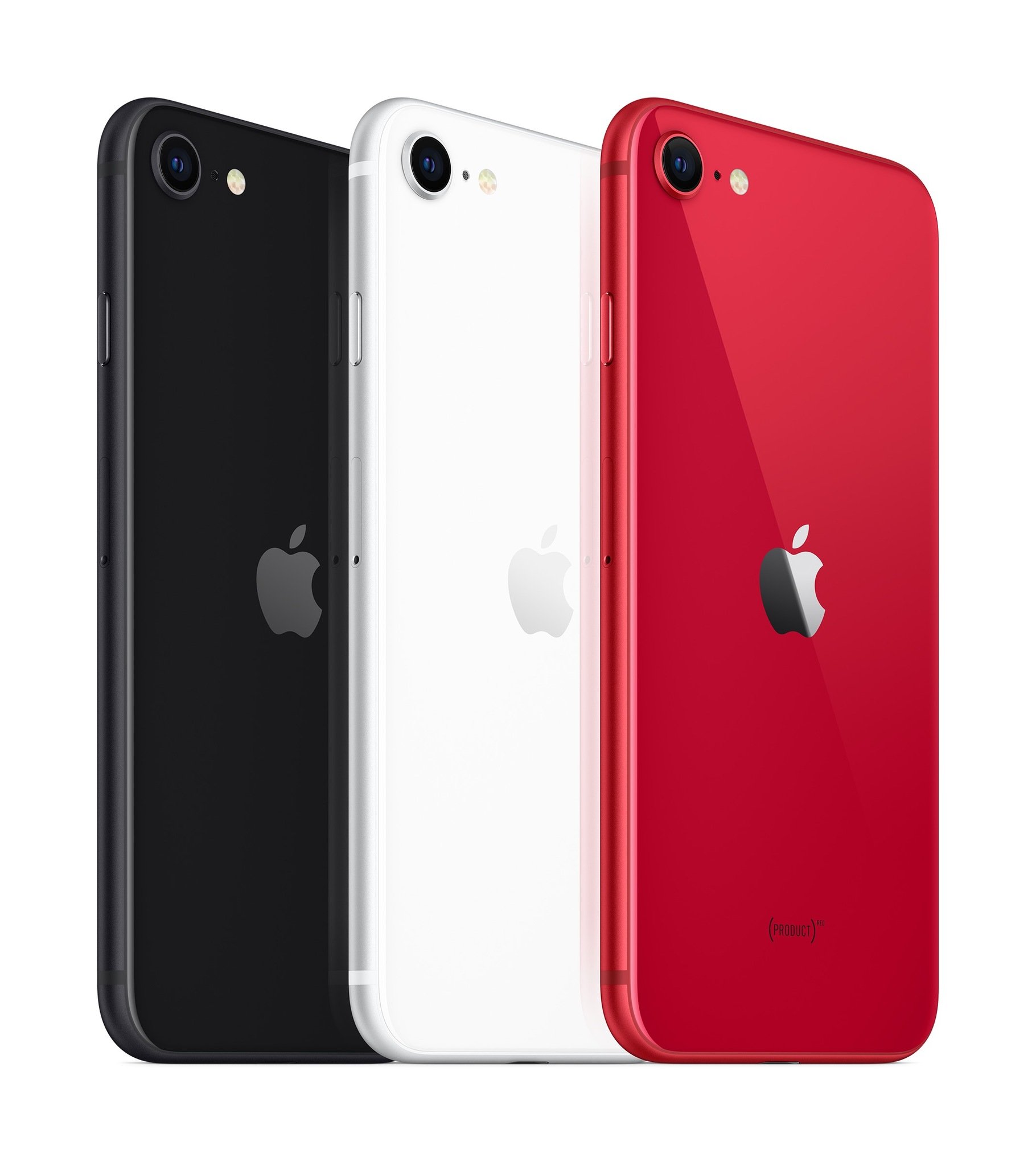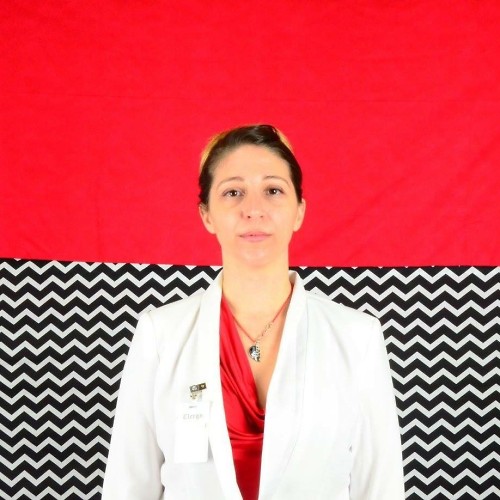
Apple launched the second-generation iPhone SE in April of 2020. If you know anything about me, you know that I'm a fan of the 4-inch form factor and was a vocal proponent of bringing back the original iPhone SE. I was, honestly, hugely disappointed that Apple gave that same nomenclature to a new device that was absolutely not a 4-inch iPhone. That was before I held one in my hands.
I've been using the iPhone SE (2020) every day as my main iPhone since April. I've replaced my iPhone 11 Pro with it and haven't wanted to change back, though there are a couple of features of the iPhone 11 Pro that I've missed having on the iPhone SE.
Features I miss from the iPhone 11 Pro
The most noticeable missing feature, for me, is Tap to Wake. I'm used to just being able to tap the screen, even while it's lying flat on a table, to see the time or check whether I missed any notifications on the iPhone 11 Pro (and iPhone X and iPhone Xs). It's a bit annoying. I either have to lift the iPhone SE to wake it or press the Home button with a finger I haven't registered with Touch ID.
If I'm being honest, I do miss the screen size. I got used to the smaller 4.7-inch iPhone SE display, but whenever I pick up my iPhone Xs (which I'm using to beta test iOS 14), it's like my eyes relax a little. The larger screen size gives a more comfortable viewing experience, though at the expense of a more comfortable holding experience.
For the most part, the camera on the 2020 iPhone SE is more than adequate. Late at night, however, if I'm hoping to capture something funny while chilling in the backyard, I do miss Night Mode for some of the darker shots. Though, to be clear, the iPhone SE takes pretty darn good night time photos as long as there is a reasonable amount of ambient lighting around.
Features I love on the 2020 iPhone SE
You know what I don't miss about the iPhone 11 Pro? The size. The weight. The fact that I can't put it in my back pocket without worrying that it'll slip out when I sit down.
The iPhone 11 Pro is a powerful computer that you can hold in your hand, but with power comes heft. If you find that your finger cramps up when trying to use the iPhone 11 Pro one-handed, or your iPhone Xs has squeezed itself right out of your pocket and crashed on the ground, you know what I'm talking about. This doesn't happen with the iPhone SE.
iMore offers spot-on advice and guidance from our team of experts, with decades of Apple device experience to lean on. Learn more with iMore!
The iPhone SE is a wonderfully portable device. It is exactly what I need when I'm out and about. When I want a larger screen to watch a video, write an email, or browse the internet, I've got a pretty dang powerful iPad for that. In fact, in the past three months, I've noticed that I've started using my iPad way more often than I used to. Like, every single day, multiple times per day. With the iPhone 11 Pro, I would go days without touching my iPad.
Since wearing a face mask has become the new fashion-forward look, Face ID has become more of a pain point than anything. Every time I'm at the store with my face covered, and I go to contactlessly pay for something using Apple Pay, I smile to myself that I don't have to take any more steps to unlock my iPhone than to press my finger on the Home button. It's the little joys that add up.
Good things come in small packages
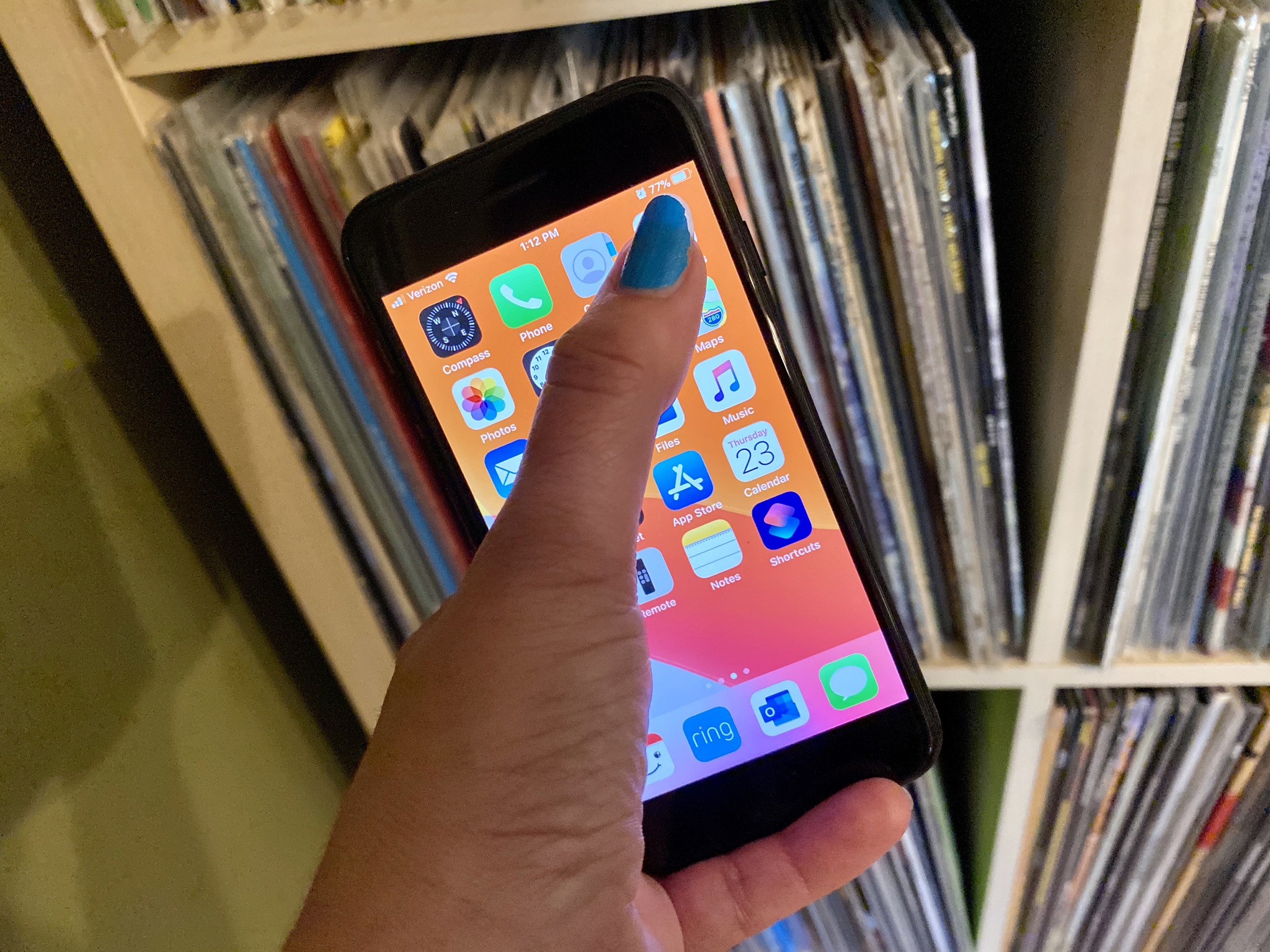
With the iPhone SE, it's all about size. There is a small but vocal group of us that really love a 4-inch iPhone. We're a minority, but we're loyal.
The iPhone SE doesn't quite meet the adorable 4-inch form factor, but it comes close.
I mentioned above how nice it is to sit down with it in my back pocket without worrying that it'll slip out. It's so small, in fact, that I have, on more than one occasion, forgotten that it was in my back pocket (I wasn't used to putting it there) and frantically looked around for it before realizing I had it all along.
One-handed use is often neglected in phone reviews, but it's one of the most important features, in my opinion. I realize that a number of people rarely use their phones one-handed, but everyone does this at one time or another and some of us do it most of the time.
When I'm holding an iPhone X, iPhone Xs or iPhone 11 Pro with one hand, I get a cramp in my pinky finger. It's the finger that supports my phone while I'm trying to reach across the screen. Reachability helps a lot, but it's still not a comfortable experience for more than a few minutes at a time.
Is the display too small? Sort of yes and sort of no. It's enough for what I need outside of my home, and as I mentioned, I use my iPad more often when I'm at home. The thing is, however, when I saw Apple demoing the Home screen widgets coming in iOS 14, I immediately thought about how the larger display of an iPhone 11 or larger will really be a benefit for Home screen widgets.
It's the size of the iPhone SE that, for me, makes the compromise of not having the most advanced camera and bigger screen on the iPhone 11 Pro worth it. But not everyone will agree with me on this.
Does the iPhone SE stand up to daily use?

The iPhone SE is smaller and costs just $400 dollars, so does that mean it's not as powerful? Not as capable? Not for most people, though it does have some noticeable issues.
Bluetooth is just as good on the (2020) iPhone SE as iPhone 11 Pro. I can easily connect to a number of different Bluetooth devices without incident. My AirPods and other H1 Beats headphones have performed perfectly.
When lifting the iPhone or pressing the Home button to wake it takes just a fraction of a second. There is almost no lag. In fact, if I'm lifting to wake, I don't even see a black screen as soon as I raise it up.
Haptic Touch works pretty much the same on iPhone SE as it does on iPhone devices with 3D touch. Since Apple quietly dissolved the features of 3D touch, there isn't really a difference from one phone to another. Haptic Touch does the job just fine and the iPhone SE's responsiveness to Haptics is stellar.
I mentioned earlier that, throughout the pandemic, I've been happy to use Touch ID over using Face ID (or, actually not using Face ID thanks to masks). When I first started using an iPhone with Face ID, I was impressed with just how easy it was for me to comfortably switch to a new way of unlocking my device. I didn't think it would be as easy to get used to in the reverse.
The first week, I did forget a couple of times that the iPhone SE doesn't have Face ID, but it didn't take long to catch up with the new habit. And every time I go outside of my house, I'm very grateful that I can use my fingerprint to unlock my iPhone instead of my face.
It's not all roses and wine over here, though. Touch ID on the iPhone SE has it's own pain points that you don't have with Face ID. When my fingertips have any water on them, I have trouble unlocking my iPhone with Touch ID. Oftentimes, I'll have to dry my hands off first or type in my passcode. This is especially annoying if I've been swimming or washing dishes.
Though I haven't used the iPhone SE in cold weather, I know from experience that unlocking an iPhone with Touch ID is literally impossible with gloves on (capacitive touch is different from fingerprint identity, so even touch screen gloves won't work). This is going to get annoying in the winter.
Though the iPhone SE's A13 chip makes this little machine zippy as hell, I've had my iPhone just freeze up on me more times than I ever had with the iPhone 11 Pro. It usually happens when I open Safari. This problem may be specific to this exact iPhone and not the model itself. It also only lasts a few seconds and can easily be fixed by closing the app and reopening it.
Siri actually seems to work just a little bit better on the iPhone SE than it does on the iPhone 11 Pro. I've had more correct query responses on the SE than I get on the 11 Pro, especially with HomeKit requests. Maybe I've just been lucky with the iPhone SE, but I do appreciate having Siri give the right response more often.
How important are camera features?

The biggest missing feature most people will have a problem with (other than the smaller screen size) will be the camera. For $300 more, you can get the most advanced camera features of any phone (the iPhone 11 with a dual ultra-wide and wide 12MP lens system with night mode and Portrait mode for non-human subjects plus a True Depth front-facing camera). For $600 more you can add a third lens (iPhone 11 Pro). But is a triple camera lens system and all the features that come along with it really that important for most people?
In real life, I've rarely had an occasion when I thought, "Gee, I wish I had my iPhone 11 Pro with me right now." The camera on the iPhone SE is amazing for what you get. The iPhone 11 camera is decidedly better, and I'm not trying to push that message, but for most people, the iPhone SE camera is plenty good. I've broken down the differences just so you can see how the two compare.
| Feature | iPhone SE | iPhone 11 |
|---|---|---|
| Lens | 12MP wide-angle lens | 12MP dual wide and ultra wide-angle lens |
| Aperture | ƒ/1.8 aperture | Ultra Wide: ƒ/2.4 aperture and 120° field of view Wide: ƒ/1.8 aperture |
| Zoom | Digital zoom up to 5x | 2x optical zoom out; digital zoom up to 5x |
| Portrait mode with advanced bokeh and Depth Control | Yes (humans only) | Yes |
| Portrait Lighting | Yes | Yes |
| Optical Image Stabilization | Yes | Yes (Wide only) |
| Lens Element | Six‑element lens | Five‑element lens (Ultra Wide) Six‑element lens (Wide) |
| Flash | LED True Tone flash with Slow Sync | Brighter True Tone flash with Slow Sync |
| Panorama (up to 63MP) | Yes | Yes |
| Sapphire crystal lens cover | Yes | Yes |
| Focus pixels | Autofocus with Focus Pixels | 100% Focus Pixels (Wide only) |
| Night Mode | No | Yes |
| Auto Adjust | No | Yes |
| Smart HDR for photos | Yes | Yes |
| Wide color capture for photos and Live photos | Yes | Yes |
| Red-eye correction | Yes | Yes |
| Auto image stabilization | Yes | Yes |
| Burst mode | Yes | Yes |
| Photo geotagging | Yes | Yes |
| Image format | HEIF and JPEG | HEIF and JPEG |
As you can see, the biggest difference is with the iPhone 11's ultra wide-angle lens, the 2x optical zoom, and Night Mode. As cool and fun as ultra wide-angle is, it's not something I use all that often. Yes, when standing on the cliff's edge looking out over the water, an ultra wide-angle shot would be perfect, but it's not a deal-breaker for most people. It's not the best digital camera on the market, but it's pretty darn good.
Video recording is, across the board, nearly identical between the two. They both support 4K video, slo-mo, time-lapse, and image stabilization. The only difference is that the iPhone 11 has 2x optical zoom and audio zoom (which focuses the mic on the subject in the zoom), and the QuickTake feature, which is available on both, has subject tracking for the iPhone 11.
The front-facing camera is where the biggest differences are, and this may be the deal-breaker for some of you. The iPhone SE has a 7MP camera while the iPhone 11 has a 12MP camera. The iPhone SE supports 1080P video recording while the iPhone 11 supports 4K video recording. The iPhone SE doesn't support animated Animoji and Memoji (though you can make Animoji and Memoji stickers). They both support Portrait mode and Portrait Lighting, which is particularly nice on the iPhone SE. But in today's social media world, your selfie game better be on point.
While I do still think the front-facing camera on the iPhone SE is good for most people, this is one area where some may decide that it's worth the extra $300.
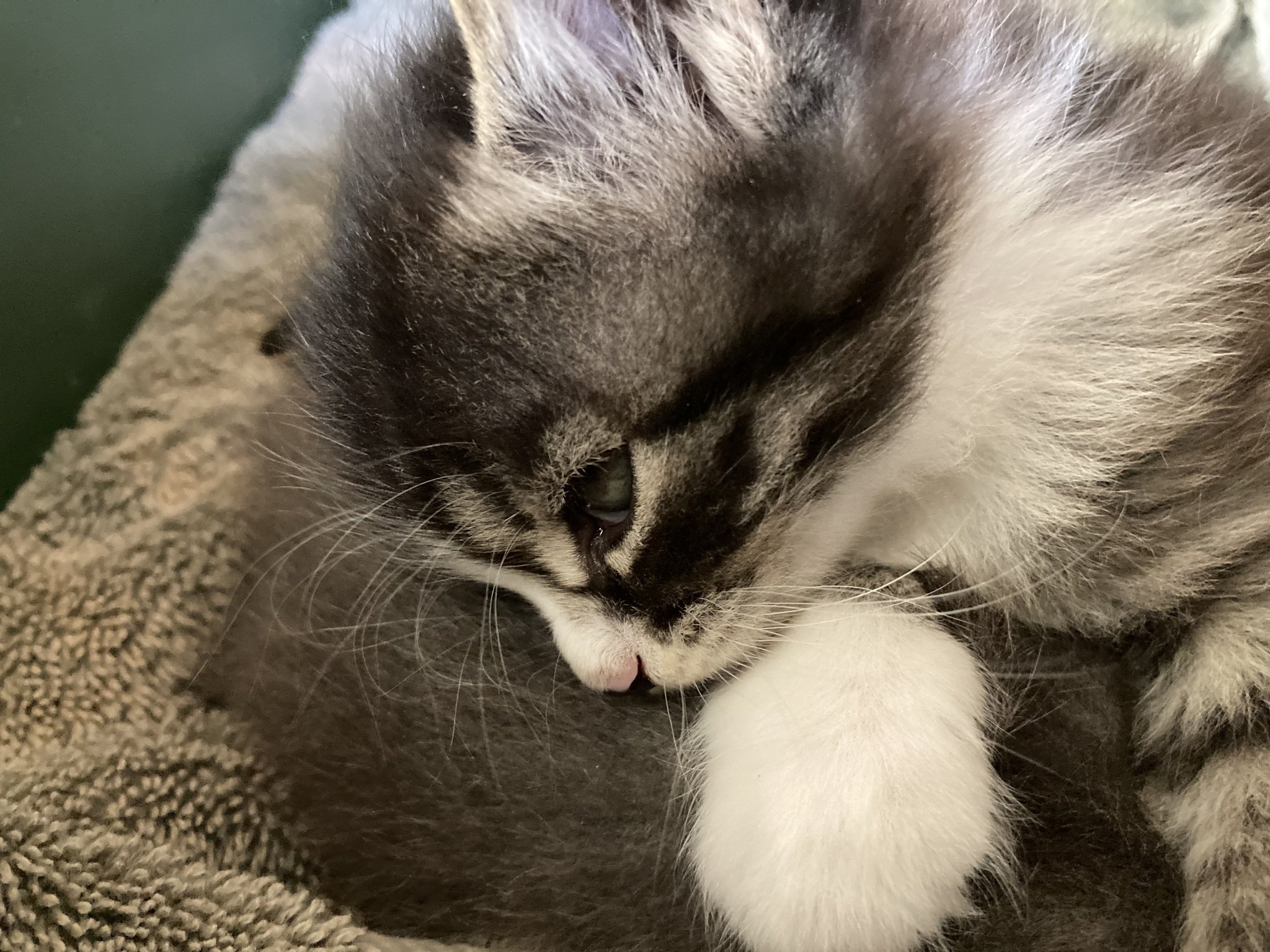


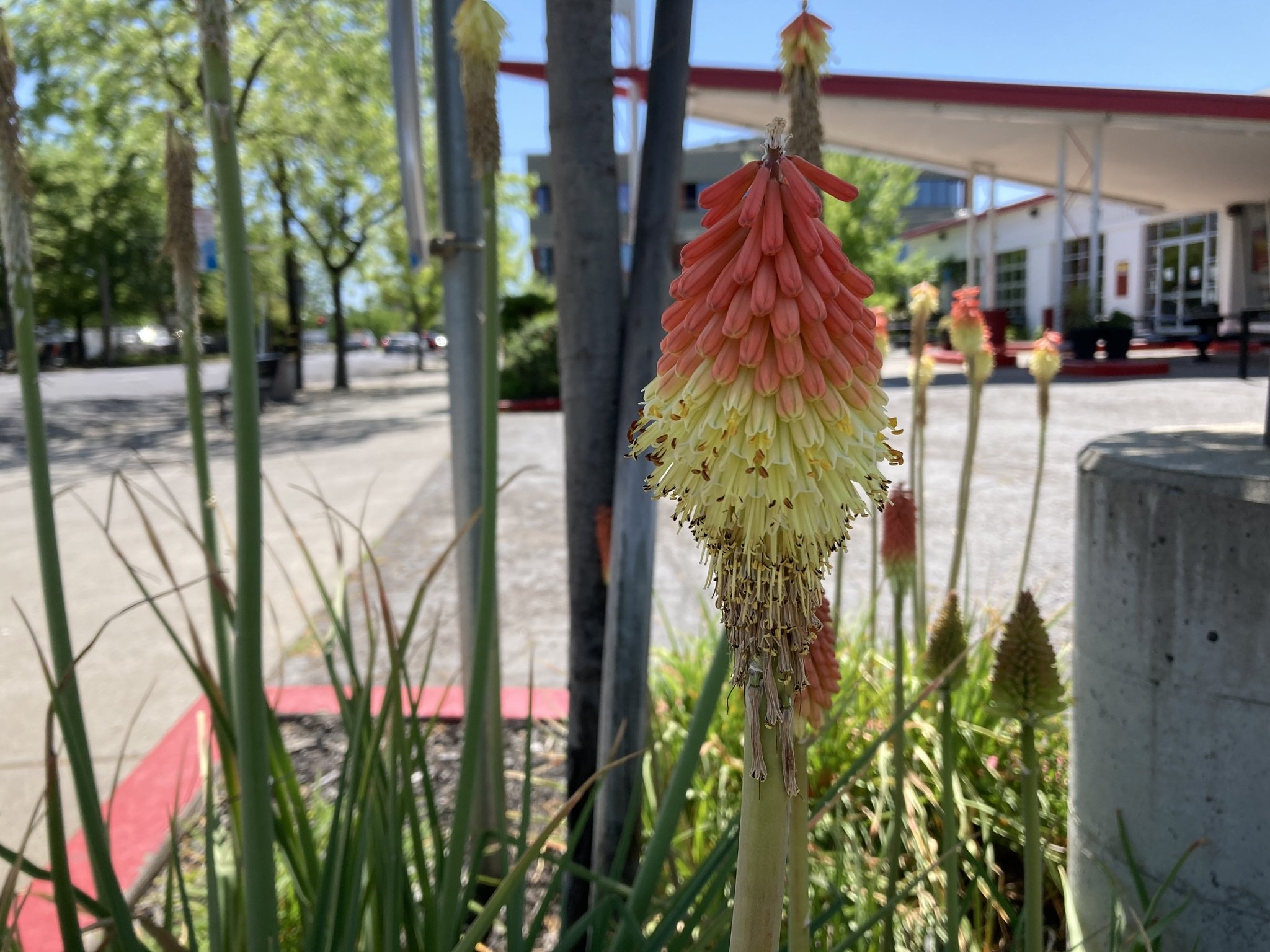

Is the iPhone SE battery good?
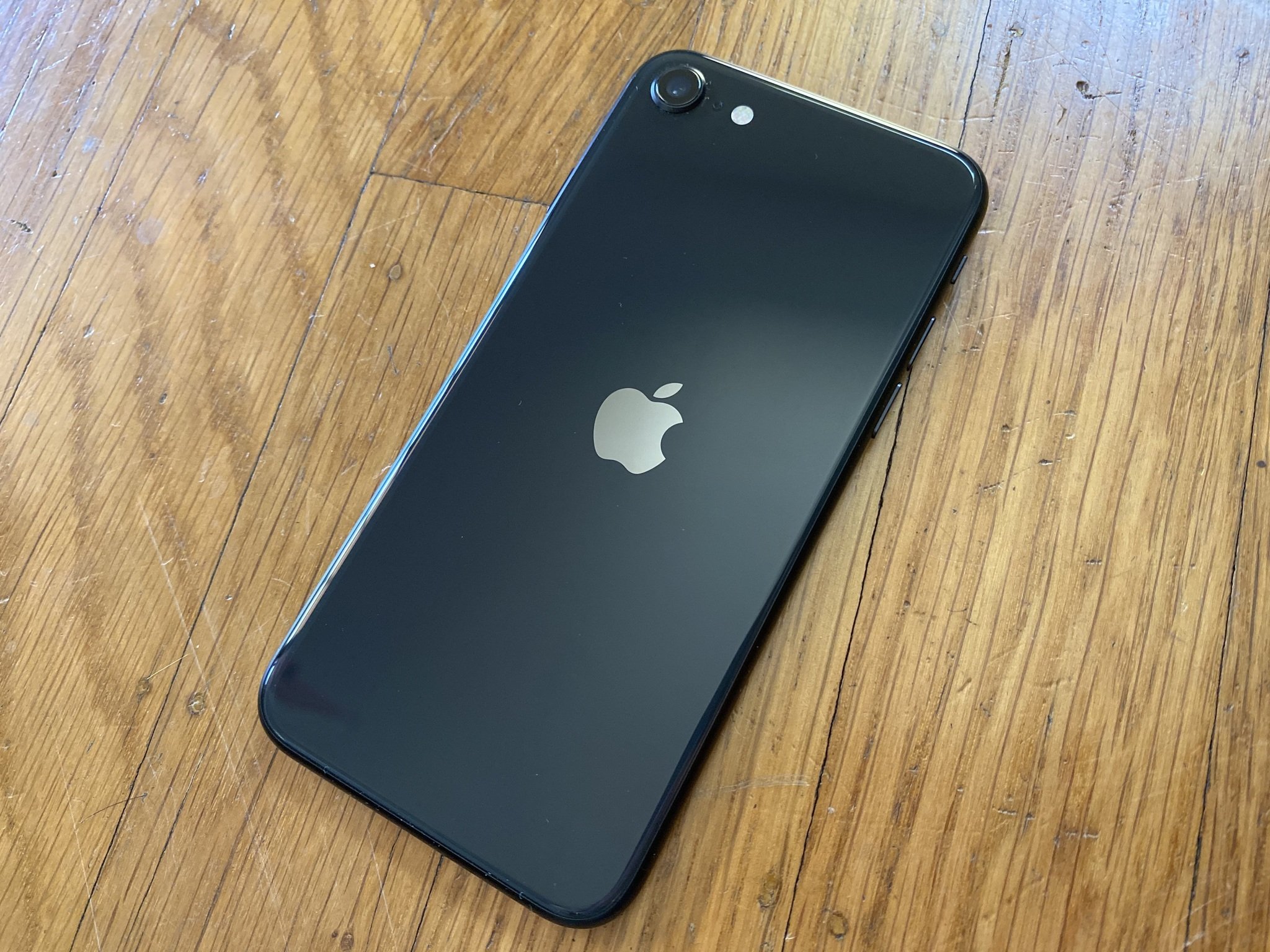
When Apple announced the estimated battery performance of the iPhone 11 Pro, the Apple world did a collective spit-take. For the first time in my life, I knew I could count on my phone lasting all day, no matter what I was doing or where I was. It's a comforting thing knowing that your iPhone won't die before you have a chance to juice it up. But the battery life on the iPhone 11 Pro is not the norm. The average phone is at about 50 - 75% of the iPhone 11 Pro's performance.
The iPhone SE battery is not quite as robust as the iPhone 11 Pro, but it gets me through the day. Most days, I set my iPhone SE on its charger with about 30% battery life left, which is pretty good for a budget model iPhone.
But, if I'm on a morning video conference call (especially if it's Google Meet) or streaming a press conference, my battery will plummet to 60% or lower within the first couple of hours of the day. It's shocking when I look down at my battery icon and see that dip so early on.
So, if you're saving money by getting it, I do recommend a battery case for the iPhone SE or an external battery pack for days when you're away from standard charging for long periods of time.
Your lack of cool new cases is disturbing
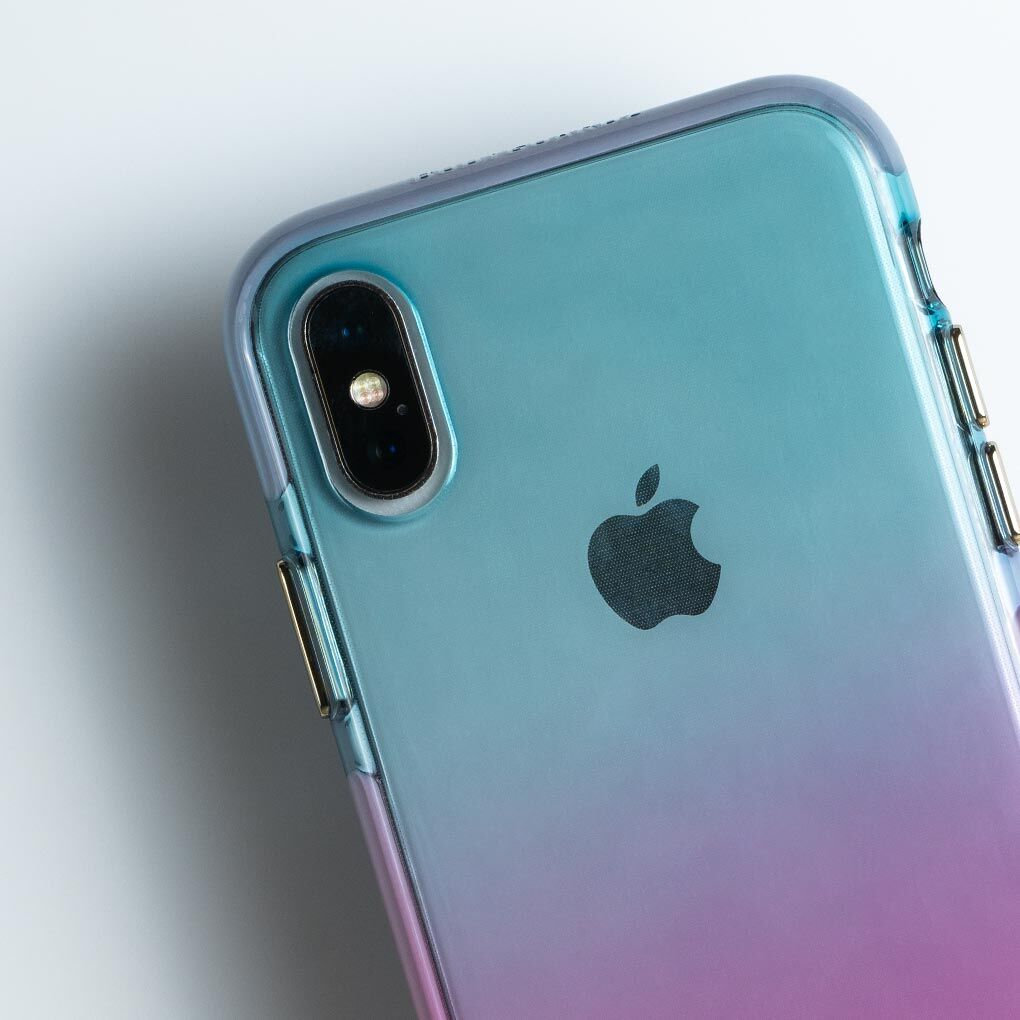
I love cases (my huge stack of cases for various iPhone models is dizzying). I love thin, rugged, wallet, minimal, leather, cutesy, wild, elegant, I love them all. Cases, to me, are like jewelry for your phone. The phone is stunning all by itself, but the additional adornment helps you make a personalized statement.
But nobody makes new cases for the 2020 iPhone SE. I don't mean nobody, but all of my favorite companies that make gorgeous new designs for the iPhone 11 just completely skip over the iPhone SE.
Yes, I realize that I can buy a case for an iPhone 6, iPhone 7, or iPhone 8 and it will fit the same (and it's usually less expensive), but when Nomad or Pad & Quill or Society6 or Casetify launch new cases, they oftentimes don't make them for the iPhone SE or if they do, they only offer whatever their most popular model is.
The good news, however, is that more often than not, you can get a 2020 iPhone SE case for a lot less than an iPhone 11 or iPhone 11 Pro case.
3 months later: is it worth it?

Hands-down yes. I'm incredibly happy with the iPhone SE's performance overall. I love how small and slim it is. It fits perfectly in my back pocket. I can hold it in one hand without getting finger cramps, and it's all the phone I need.
Though it's small in stature, the iPhone SE is a tiny powerhouse with the latest processor chip (A13) and a camera that can hold its own under most circumstances.
The main iPhone 11 Pro features that make it hard to switch to iPhone SE:
- Longer battery life
- Better camera system
- True Depth front-facing camera
- Larger display
Those are the four main features that sometimes make me think I might go back to using the iPhone 11 Pro, but not enough to actually go back to using the iPhone 11 Pro.
If your life takes you away from a convenient way to charge up throughout the day, you may want to consider adding a battery case or external battery to your purchase.
If Face ID or the advanced True Depth front-facing camera are important to you, you're going to want to get the iPhone 11 or iPhone 11 Pro instead. For you, the extra $300+ is worth your time.
Though the iPhone SE camera is great for most people, there are some iPhone photographers out there that want a triple-lens system with 2x optical zoom. I get that.
If you don't already have an iPad in your house and your iPhone is the screen you look at the most, you should take a look at the iPhone XR or iPhone 11. Though the 4.7-inch iPhone SE display is good enough for my daily activities, I also have an iPad if I want to move on to a larger screen.
If cost is important to you, know that you're getting a really great phone for a fraction of what you'd pay for the next step up (which is the iPhone XR). Though it's remarkably inexpensive, it is not Apple's bargain bin bummer. The 2020 iPhone SE is a good phone at a good price.
Lory is a renaissance woman, writing news, reviews, and how-to guides for iMore. She also fancies herself a bit of a rock star in her town and spends too much time reading comic books. If she's not typing away at her keyboard, you can probably find her at Disneyland or watching Star Wars (or both).
